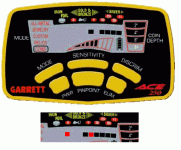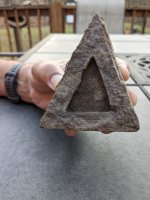Southernhunter
Jr. Member
Can anyone reference a good link or talk with me about coin shooting?
I have a Garrett Ace 250 and am just getting used to it really. I come up with a lot of iron & miscellanea but I know the coins are there. Do I just dig every signal until I learn the sounds?
I have a Garrett Ace 250 and am just getting used to it really. I come up with a lot of iron & miscellanea but I know the coins are there. Do I just dig every signal until I learn the sounds?
Upvote
0








